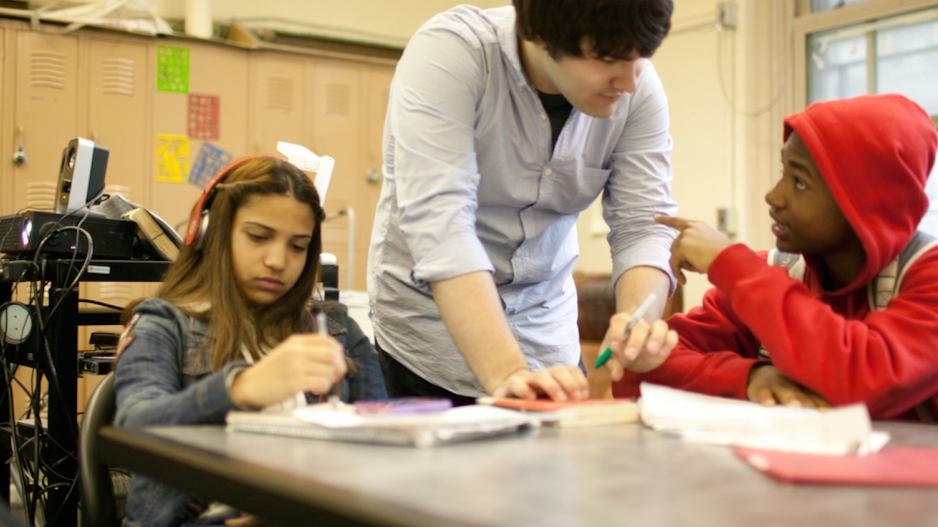
Most people are wired to notice things that don’t match our expectations. We notice the person facing the wrong way in line or the person speaking loudly when everyone else is whispering. In the same way our attention is drawn to student’s who are not meeting our behavioral expectations. We notice the child who is running when their peers are walking or the child who is chatting when they are meant to be working. We correct or redirect that child. They receive our attention for nonproductive behavior. We tend to overlook the child who is meeting our expectations, the child who is walking calmly or working steadily.
When we consistently give attention for nonproductive behavior we can (inadvertently) diminish the motivation and enthusiasm of the child who is on task. To support or increase student motivation we must train ourselves to catch students being good. This does not mean we have to ignore behavior that needs redirection, but that we have to push ourselves to give more attention to positive and productive behavior.
Try this:
- Keep a running tally of how many times you redirect- you can do this on a post-it, or the back of your hand- no one needs to see this but you
- Ask yourself if there are any discernable patterns- is most of this redirection aimed at one student? Or related to one type of behavior? What could you do/plan ahead of time to reduce this behavior- rearrange seats, change partners, etc.?
- Set a goal and push yourself– for every piece of redirection, give two pieces of positive reinforcement. It doesn’t need to be (and probably shouldn’t be) directed at the same child. Compliment students who are working, sharing, organized, on time, ask questions, applaud effort, are brave enough to attempt to answer questions, etc.
Catching student being good is hard at first! Stick with it- it can change the tone of your classroom and increase student motivation!
Brandy Stanfill is a Senior Training Specialist with NYU Metro Center's ASD-Nest Support Project. Follow them on Twitter @asdnestnyu.

